Sanne Bruinier, a forgotten woman artist in fin-de-siècle Paris
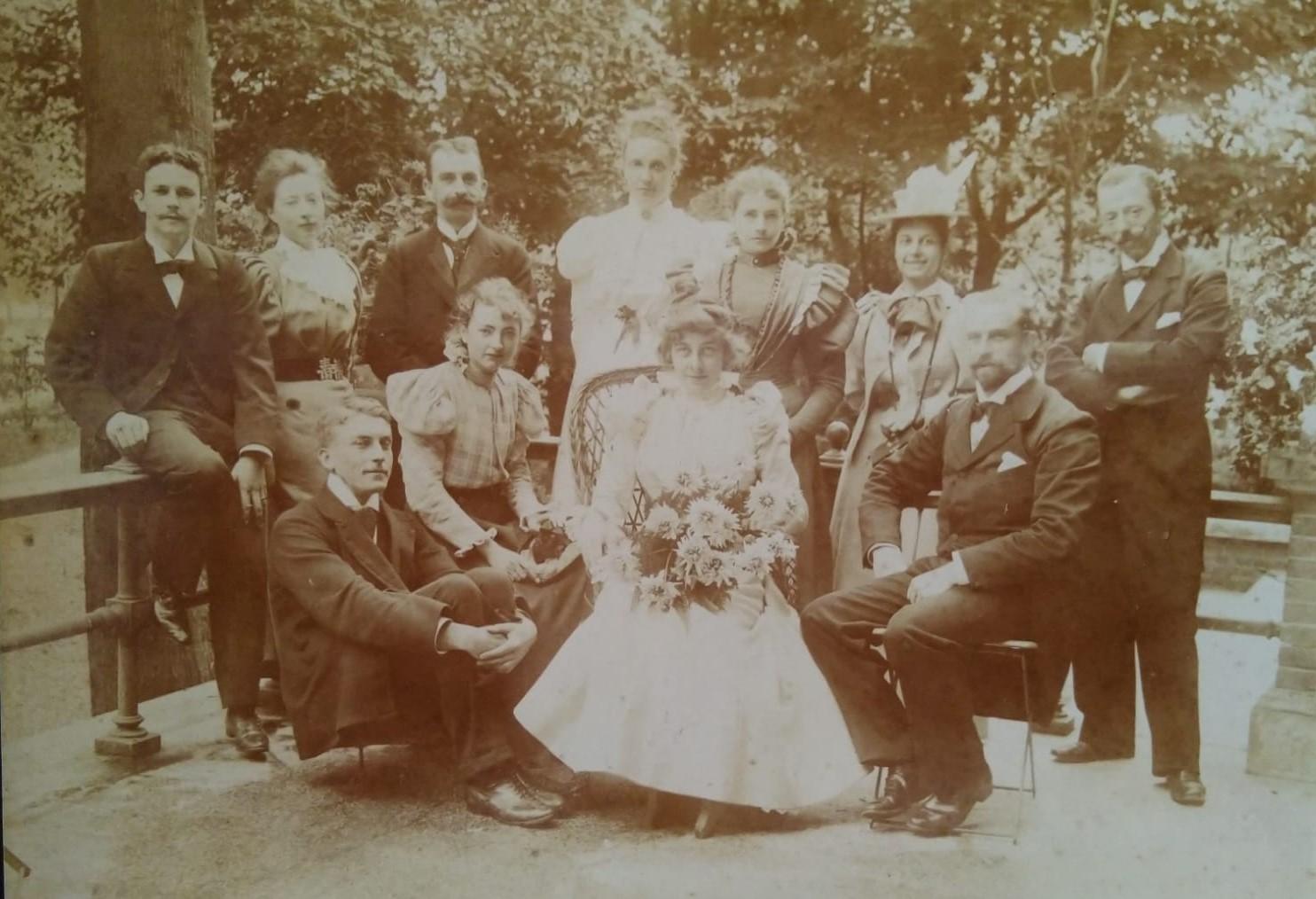
For her bachelor’s degree in art history at Leuven Catholic University (KU Leuven), Klara Laboux did research on the artist Sanne Bruinier (1875-1951). Just as she was about to complete her bachelor thesis, she and her supervisor discovered a suitcase full of unknown letters by Sanne Bruinier in the possession of a descendant of Sanne’s only sister. These letters form one of the most important sources for the follow-up research which Klara Laboux is now doing for her master thesis. Once they had been studied by Laboux, the archive of hundreds of letters was transferred to the RKD – Netherlands Institute for Art History. She tells us about her research on the artist in this RKD Story.
The story of a forgotten woman artist
Back in 1993, Andreas Burnier and Caroline van Tuyll van Serooskerken published a selection of the artist’s letters, titled Sanne Bruinier. En al die onaangenaamheden omdat je geen man bent. Brieven van een jonge schilderes rond 1900 (Sanne Bruinier. And all that unpleasantness because you are not a man. Letters from a young woman artist around 1900). Sanne Bruinier, however, has on the whole received little attention until now.Footnote1 That there has recently been renewed interest is shown by Jan Paul Hinrichs’s biographical article published in March 2023 in the Dutch literary journal De Parelduiker, ‘“Vreemd is alles gelopen in die jaren...”. Sanne Bruinier: een onbekend dagboek uit Parijs, Florence, Warschau en Dornach’ (‘It all turned out strangely in those years...’. Sanne Bruinier: an unknown diary from Paris, Florence, Warsaw and Dornach).Footnote2 When writing my bachelor thesis on Bruinier’s Paris period (1899-1901) at KU Leuven in 2022-2023, I made use of these two sources.Footnote3 In my thesis I brought together and analysed for the first time all the information we have about the young artist’s life in the metropolis. Thanks to Sanne Bruinier’s relatives, especially Marius Engelbrecht, the great-grandson of Bruinier’s sister Hélène Droogleever Fortuyn-Bruinier (1873-1959), it was possible to make contact with Bruinier’s grand-niece Astrid Doorman. Paris-based Doorman made new source material available. This consists of hundreds of unpublished letters and other evidence of Bruinier’s exceptional artistic activity. They provide a detailed insight into her personality and her network. This information is not just relevant for the study of Bruinier as an individual, but also gives a picture of the unique living conditions in Paris in which young women artists tried to find a way to develop their talents.
Biographical introduction
Jeanne Marie ‘Sanne’ Bruinier (also known as Jean) grew up in The Hague. In April 1899 she set off for Paris, just as Paula Modersohn-Becker (1876-1907) and many other female artists had done. The city was then regarded as the centre of the artistic world, a place where women could easily enroll in one of the many private art academies. The young Bruinier was an exception to the rule in that she took courses without a chaperone at various art schools, including the Académie Colarossi and the Académie de la Grande Chaumière, going also on her own to Paris museums and visiting the World Exhibition. This would not have happened if she had not had a ‘nomadic’ upbringing and parents who supported her artistic aspirations.Footnote4 We also know that she received financial support by the future Mayor of Rotterdam, Pieter Droogleever Fortuyn, who was Bruinier’s brother-in-law. Bruinier remained in Paris for only eighteen months or so and then travelled on to Florence (1901-?), Poland (1903-?) and to Dornach in Switzerland (1914-?) to develop her artistic talents further.
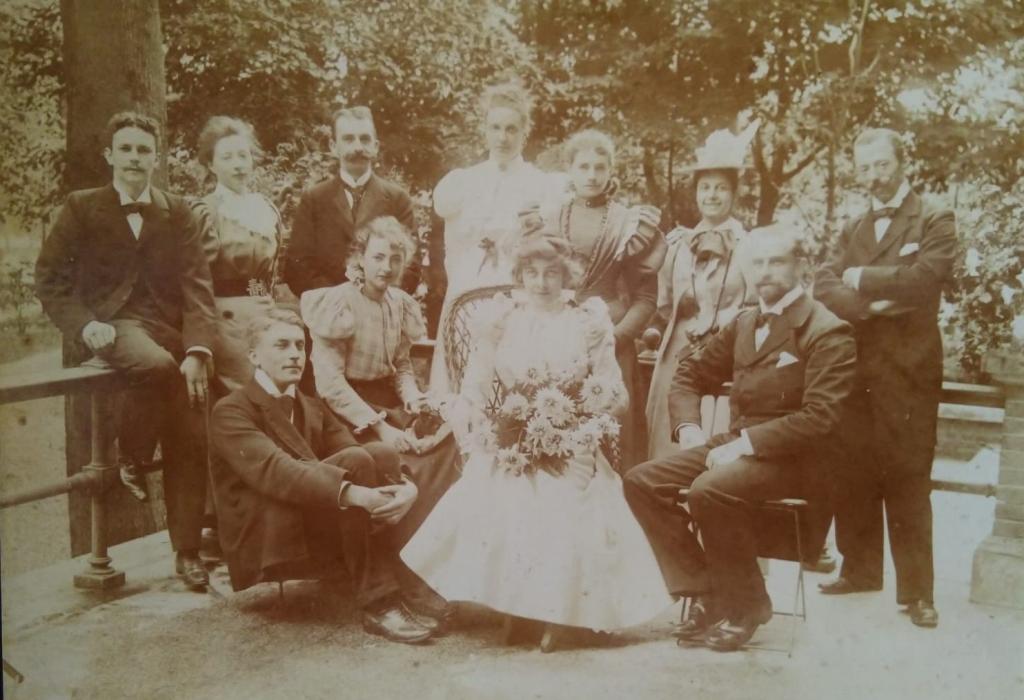
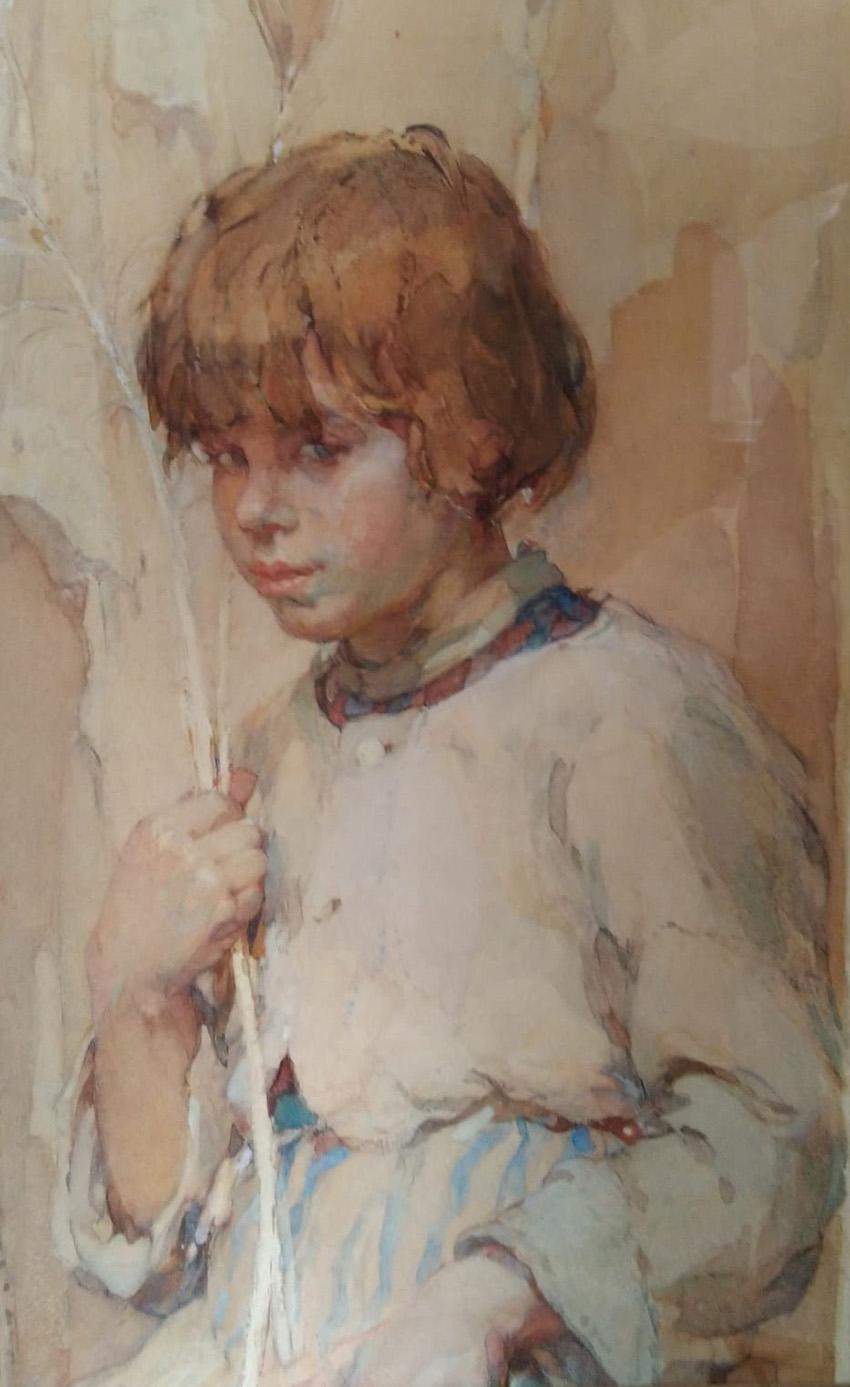
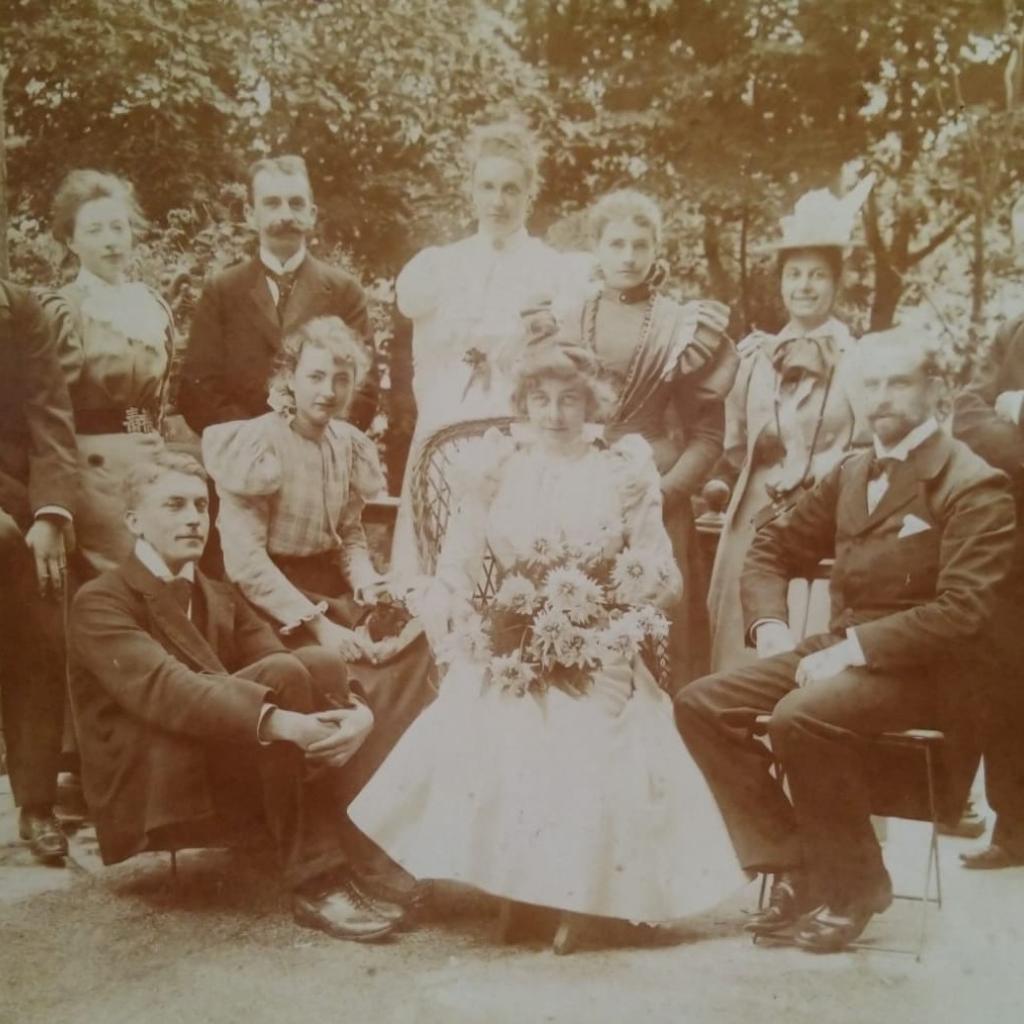
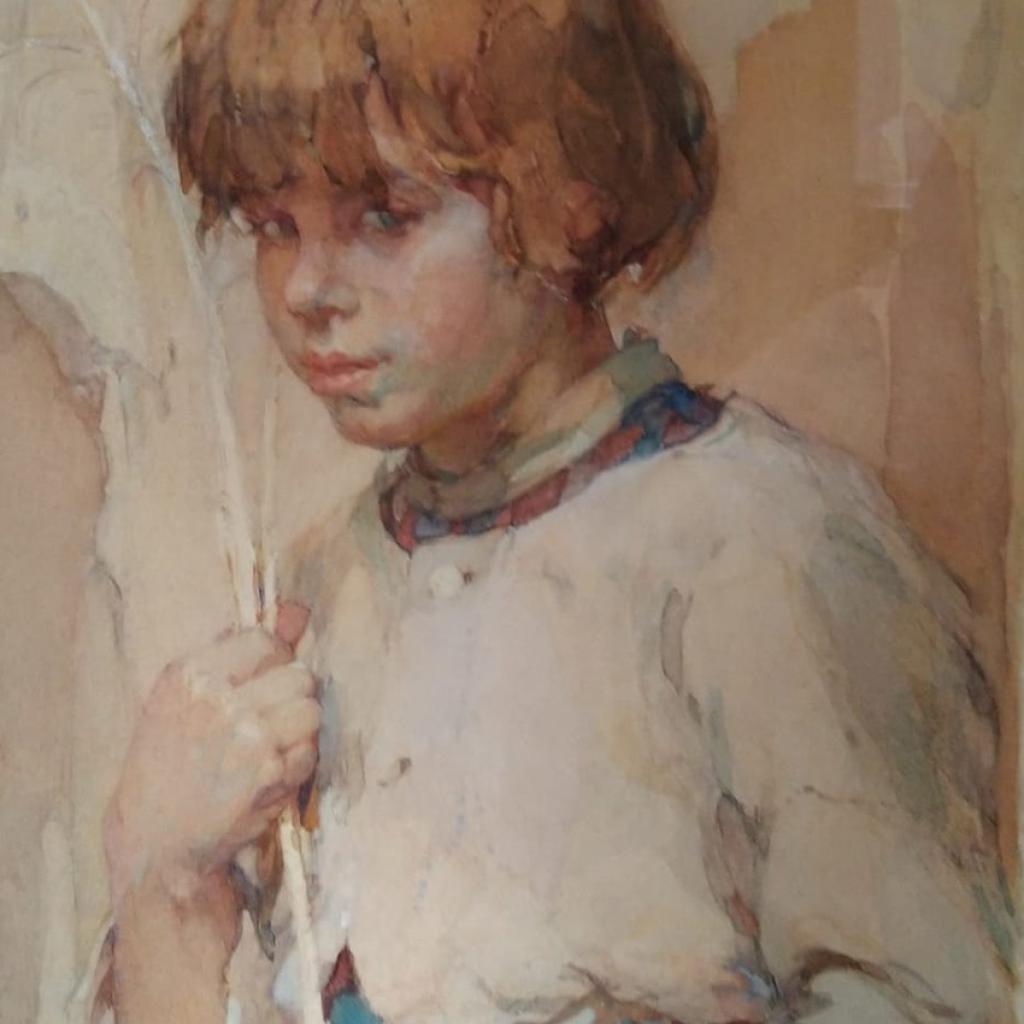
Forgotten
There are several possible explanations for the fact that Bruinier remained relatively little known. In the first place she did not make art to earn her living; rather, it was a matter of following her desire. As a consequence, she sold hardly any work. Secondly, a great deal of her work was lost in a series of fires, including one that struck the Goetheanum in Dornach in 1922, and another in which the archive of the Académie Colarossi was destroyed. If Bruinier has been referred to in the past, then it was with her surname or just her initials. This has meant that people have often wrongly assumed that she was a man.
Yet it is notable that there has so far been no thorough research into her place in the art scene of fin-de-siècle Paris. This is all the more surprising since right now attention is being turned to female artists who have thus far remained in the obscure margins of art history. Bruinier’s feminist attitudes, moreover, are highly topical. My bachelor and master theses cover a defined period within a bigger project which will bring Sanne Bruinier out of obscurity. To do this I have been diving into a number of archives in Paris and The Hague with the aim of reconstructing her day-to-day life. This mission has proved more difficult than expected. But thanks to help from her family I have been able to trace unknown letters.Footnote5 This newly discovered material has become the focus of my master thesis, along with the artist’s diaries which were also happily rediscovered in 2023, in the library of the Anthroposophical Society in The Hague.Footnote6
Artistic network
The regular correspondence maintained by Sanne Bruinier gives us a glimpse into her artistic network which ranges from her meeting with Odilon Redon, her tense relationship with Johan Thorn Prikker, to her friendship with Kees van Dongen. The Parisian academies where she took courses were not just a place where artistic talent could prosper but they were also the absolutely ideal places in which to make contact with future pioneers of modern art such as the celebrated Paula Modersohn-Becker and Clara Westhoff (1878-1954). Here she also got to know her soulmate Jadwiga Maria Kazimiera Markowska (1877-1952) and Antonina Dunin-Sulgostowska (1870-1940) S’s. Kazimiera Markowska introduced Bruinier to a circle of Polish friends consisting of artists, intellectuals and writers.
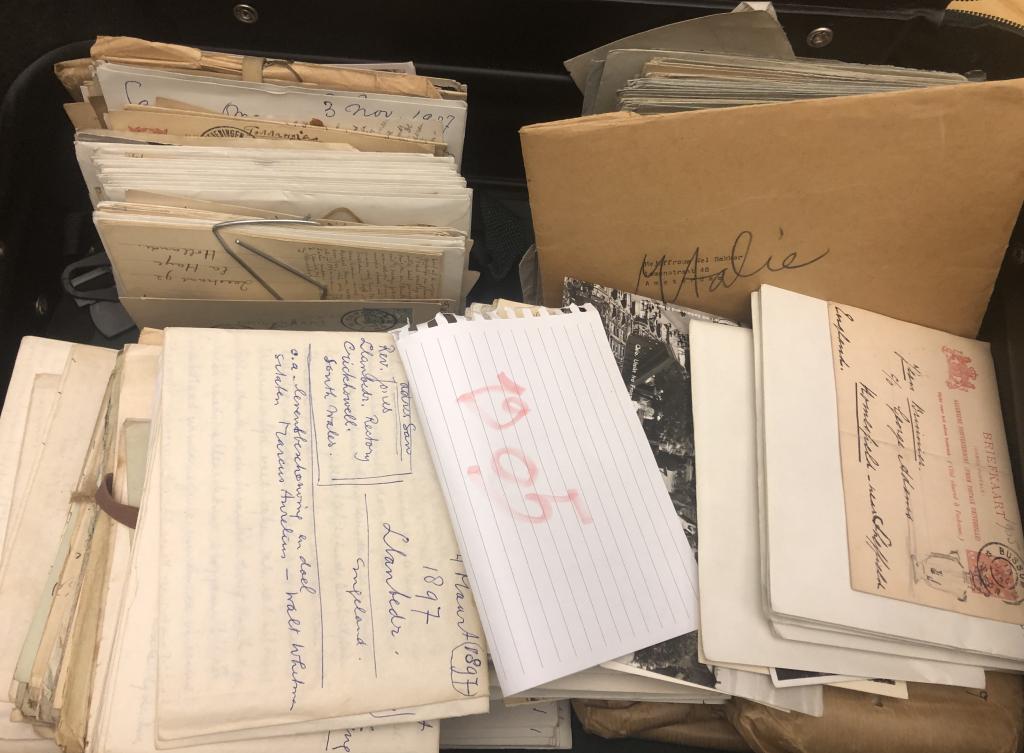
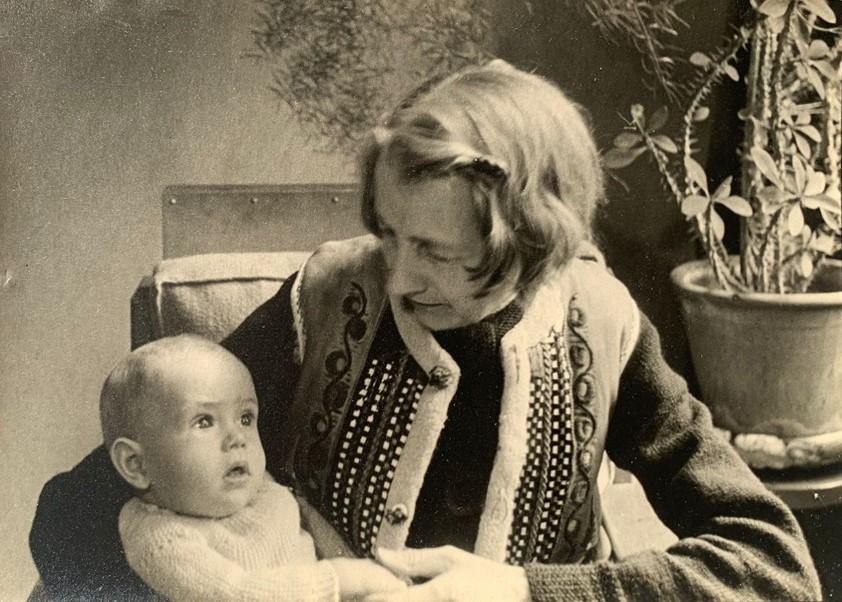
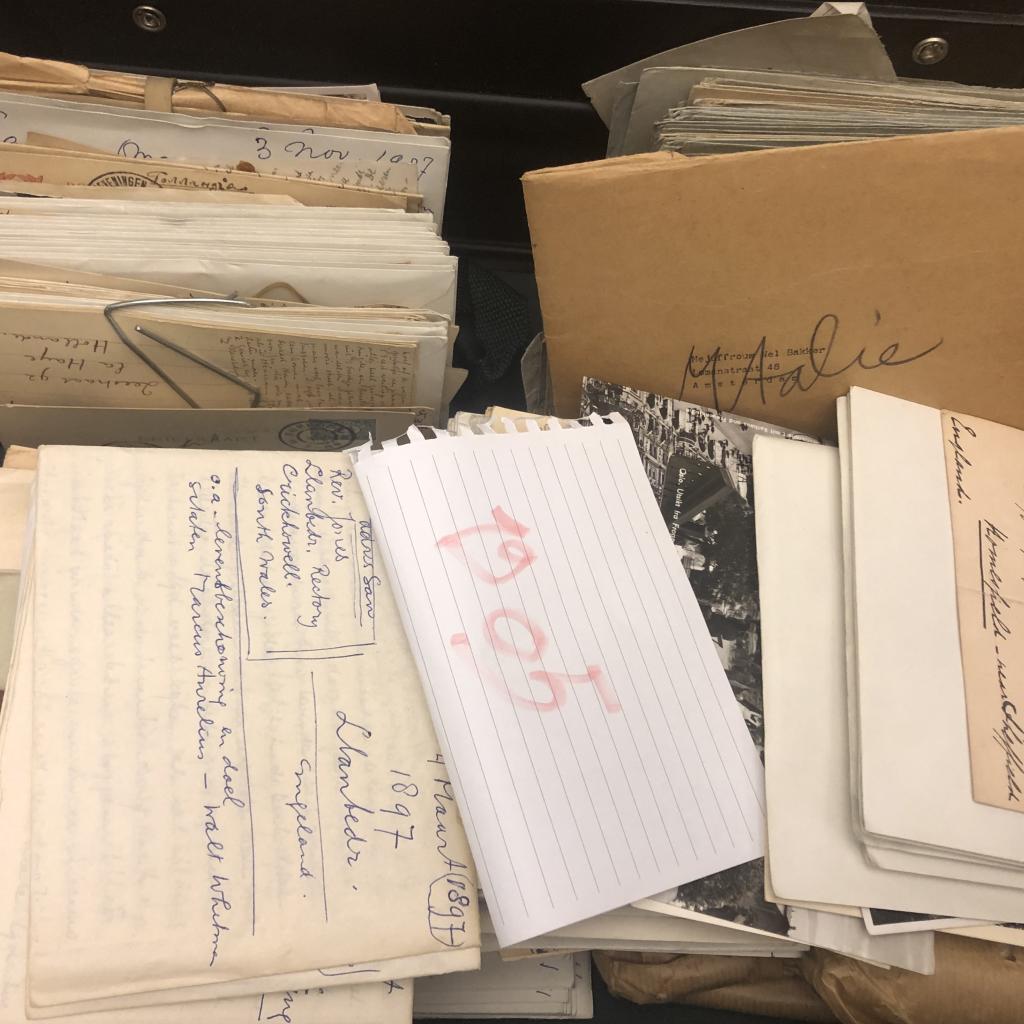
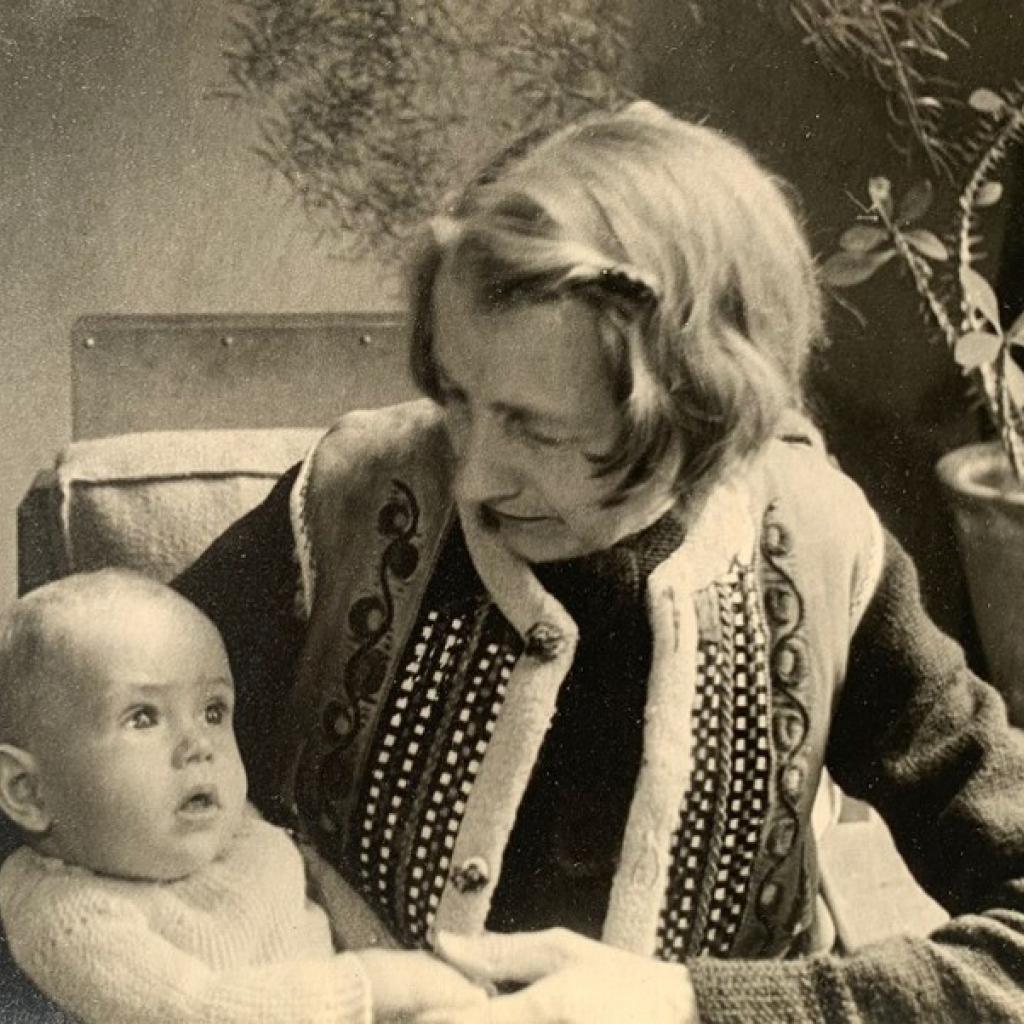
Independent and feminist
The newly discovered letters also give us insights into Sanne Bruinier’s thinking and personality, supplementing what we know from those already published. She writes in a very open and lively manner. We can assume that she will have written rather as she spoke: rapidly, with passion, and with many leaps in her thinking. From her letters we can deduce that Sanne Bruinier was a bohemian individual as well as a fiercely independent woman with feminist principles, who abhorred society’s notions of the ideal woman or the norms of bourgeois living. Marriage was, in her words, ‘a weak choice’. At the same time, she disapproved of the image of the decadent woman prevalent at the fin-de-siècle. She wished to conduct her own life in a manner she described as ‘nomadic’,Footnote7 without too many responsibilities. The letters from her time in Paris speak of the pleasure she took in making her first ‘escapades’ in adult life.
Bruinier did not have much money in Paris, and in her letters she describes how she and her friends attracted looks in the street for their ‘shabby’ appearance. She did not care for luxuries and was extremely careful with her budget. It did not seem to bother her: instead, she felt that she was surrounded by people with a similar attitude, who preferred to invest in their intellectual development rather than outward appearances.Footnote8 The correspondence of 1897 also reveals a person who was down to earth and very determined. In her presence she wanted people to be themselves and behave in a relaxed way. Burnier and van Tuyll van Serooskerken add that Bruinier allowed herself to ‘make choices and decisions […] motivated by a strong will and powerful emotions rather than through anxiety or influenced by the expectations of others’.Footnote9 Nevertheless she did become more melancholic during her time in Paris and this certainly undermined her confidence. From a feminist perspectives, she cared about the plight of women and recognized their unequal treatment, and as such developed a fear of marriageShe was unable to comprehend that a friendship between a man and woman was not possible without the inevitable spectre of married life. Her greatest disappointment in this respect came in her friendship with Johan Thorn Prikker. His ultimatums and marriage proposals made her agitated and affected her ability to make decisions. She wanted to be his equal, to be able to focus on art and above all to keep on ‘being in a daze’.Footnote10 By this she did not mean an ‘idle’ or unproductive period, as at the beginning of her time in Paris, to which she referred with shame, but the freedom to explore without inhibition. Although her appearance could be ‘shabby’Footnote11 , she had no wish to appear ‘degenerate’,Footnote12 and she led an organised life, being careful to avoid Paris’s decadent side. When she arrived in the big city Bruinier intimated that going out at night was not for her. She revised this view later when her group of Polish friends gently introduced her to Paris nightlife, on one occasion taking her to dance at the Moulin de la Galette. She was intrigued by ‘the most unusual types’ to be found there, and by what went on behind Paris’s façade.Footnote13 But she felt distinctly unwelcome in that world, being convinced that people would see from her clothing that she was not at home there. She much preferred to spend the night at home with her circle of close friends and to set off for a communal walk through Paris.
Influence of Paris on her work
Bruinier originally went to Paris in order to develop her artistic skills, but she was very disappointed by the training she received and was not impressed by French art in general. She was critical of the work of fellow students, both men and women, but she could be equally negative about her own work, despite the positive comments she received from her mentors. What the letters show is that the greatest artistic stimulation she obtained came from her contacts with well-known artists. For example, it was Redon who encouraged her to etch, and Markowska to take up clay modelling. In this way she tried to extend her artistic skills at a time when women attending private academies could only follow a limited programme. She also realised that she had more talent for drawing than for sculpting.
Conclusion
A unique artistic personality emerged from my earlier exploration of the published letters for my bachelor thesis , and indeed from my master’s research into the newly discovered letters and diaries. Some of the known letters written when Bruinier was in Paris were only published in excerpts and thanks to the letters recently transferred to the RKD it was possible to fill in the gaps . This new information, together with the recently rediscovered diaries, permit a close-up view of her inner life. Her letters also tell us about the daily activity of young women artists in Paris around 1900. Moreover, she refers in her letters and diaries to contemporary artists such as Paula Modersohn-Becker, and gives us a unique account of their character and way of life.
Author
- Back to footnote 1 in the text
A. Burnier and C. van Tuyll van Serooskerken, Sanne Bruinier. En al die onaangenaamheden omdat je geen man bent. Brieven van een jonge schilderes rond 1900, Amsterdam 1993.
- Back to footnote 2 in the text
J.P. Hinrichs, ‘“Vreemd is alles gelopen in die jaren...”. Sanne Bruinier: een onbekend dagboek uit Parijs, Florence, Warschau en Dornach’, De Parelduiker, 28 (2023), no. 1, pp. 33-42.
- Back to footnote 3 in the text
K. Laboux, 'De Nederlandse kunstenares Sanne Bruinier in Parijs (1899-1901): haar unieke briefwisseling als bron', unpublished undergraduate dissertation, KU Leuven, 2023.
- Back to footnote 4 in the text
Burnier & Van Tuyll van Serooskerken 1993, p. 12.
- Back to footnote 5 in the text
The letters are in the collection of the RKD – Netherlands Institute for Art History: https://rkd.nl/collections/1079
- Back to footnote 6 in the text
The Hague, Library of the Anthroposophical Society, Sanne Bruinier Diaries 1898-1921.
- Back to footnote 7 in the text
The Dutch terms ‘zigeuners’ (travellers or nomads) and ‘zigeuneren’ (living as a traveller) are used several times by Bruinier in her letters, see: Burnier & Tuyll van Serooskerken 1993, pp. 12-13, 69, 80, 82, 87 and 96.
- Back to footnote 8 in the text
Burnier & Van Tuyll van Serooskerken 1993, p. 96.
- Back to footnote 9 in the text
Burnier & Van Tuyll van Serooskerken 1993, p. 16.
- Back to footnote 10 in the text
Sanne Bruinier and her sister Hélène Bruinier, 24 October 1901; Burnier & Van Tuyll van Serooskerken 1993, p. 159.
- Back to footnote 11 in the text
Sanne Bruinier, Paris, to her sister Hélène Bruinier, early June 1900; Burnier & Van Tuyll van Serooskerken 1993, p. 106.
- Back to footnote 12 in the text
Sanne Bruinier, Paris, recipient not noted, early 1900: Burnier & Van Tuyll van Serooskerken 1993, p. 16.
- Back to footnote 13 in the text
Sanne Bruinier to her sister Hélène Bruinier, early June 1900; Burnier & Van Tuyll van Serooskerken 1993, p. 105.
